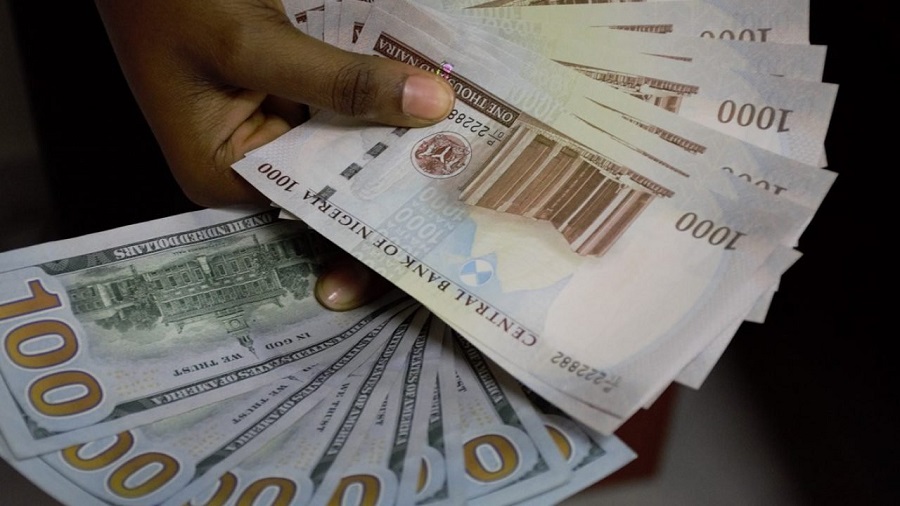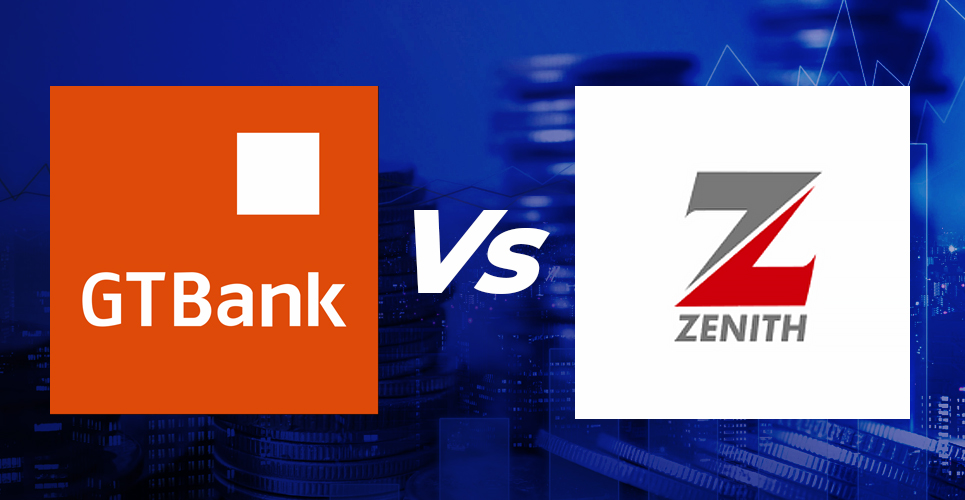When speaking to the average Nigerian on the street, regarding how they are faring in today’s economy, one recurring phrase is “Money no dey flow again oh”. Given the present level of economic hardship, it appears this phrase is being used more frequently albeit in an anecdotal manner (i.e. people speaking from their own personal experience).
For folks not familiar with pidgin English, the phrase “Money no dey flow again” loosely translates to mean “Money turnover rate is worsening and there is less money getting to the hands of average Nigerian consumer”.
This begs the question of whether there is economic data that can lend some credence to the anecdotal perception that “Money isn’t flowing or turning over” for the average Nigerian.
Interestingly, there is an economic indicator used by Central Banks called Money Velocity.
What is Money Velocity?
In general terms, money velocity is used to describe the frequency of exchange of money in an economy for buying goods and services within a period (i.e. simply put it is the Money Turnover Rate)
The corporate finance institute has a more technical definition here.
“Velocity of Circulation refers to the average number of times a single unit of money changes hands in an economy during a given period. AKA It is the frequency with which the money supply in the economy turns over in a given period”.
It goes on to say, “if the velocity of money is increasing, then the velocity of circulation is an indicator that transactions between individuals are occurring more frequently. A higher velocity is a sign that the same amount of money is being used for several transactions”.
Why does this matter?
Economists agree that money velocity is a critical factor in GDP direction. Specifically, the more frequently money turns over in an economy then the healthier the economy is (i.e., higher money velocity helps GDP expansion).
There is even a formula (GDP = Money Velocity x Money supply) …. but let’s leave that one for CFA students.
For Nigeria, the Central Bank of Nigeria (CBN) in one of its research papers acknowledges that money velocity is a contributing factor to GDP performance for Nigeria.
Is Money Velocity worsening in the Nigerian economy?
The Central Bank of Nigeria (CBN) and the Nigerian Bureau of Statistics (NBS) maintain a huge trove of data (including Money Supply and Quarterly GDP data). By leveraging both datasets, it is possible to derive Nigeria’s Money Velocity.

In the chart above, there are two observations;
- Firstly, you can see that over the past thirty-two quarters (32 quarters), Nigeria’s money velocity (i.e. red line) has been fluctuating between 1.2 to 1.4 on average (except for 2016 and 2020)
- In 2020, there was a sharp fall in the money turnover rate to a low of 1.05 despite an uptick in the supply of money to N37.7 trillion.
In other words, the average Nigerian’s perception that the money turnover rate got worse in the past twelve months appears to be supported by data.
This is even though liquidity (supply of money) has reached a record level of N37.7 trillion Naira.
So what causes Money Velocity (aka Money Turnover Rate) to fall?
There are several events that can adversely impact Money Velocity. These events include;
- The rapid expansion of money supply by the Central Bank,
- Changes in the propensity of people to save and invest in financial assets/stock market rather than in the real sector (i.e. folks start hoarding money).
- Poor transmission mechanism to get money directly into the hands of consumers.
Furthermore, the CBN in its research paperidentified the Inflation Rate, Exchange rate, and the pattern of financial investments/stock market activity as contributory factors to Money Velocity changes.
For Nigeria, we already know that in both years (2016 and 2020) where the money turnover rate fell below the average range of 1.2 to 1.4, the economy experienced a recession.
- Specifically, in 2016 economic activities slowed down due to oil price collapse, dwindling FOREX inflows, and the disruptive activities in the Niger Delta Region whilst in 2020 economic activities slowed due to a combination of border closure, logistics challenges at the ports as well as the shut down due to COVID.
- Reduction in economic activities will lead to money turnover rate fall
Specific to 2020, other events adversely impacting the Money Turnover rate include
- Our readers will be aware that CBN has been rapidly expanding the money supply and using it to fund the Federal Budget deficits including recurrent expenditure which arguably has had a limited impact on GDP.
- The additional point about changes to people’s propensity to save/investment in financial instruments can be observed by looking at the composition of Money Supply (M2) data. Specifically, despite increases in the supply of money, the proportion of currency outside banks fell from 8-9 % in 2013 down to 6% in 2020. (i.e. red dotted line)
In other words, the proportion being saved/invested in financial instruments grew to 94% in 2020 (i.e. from 91% in 2013).
Moving forward, policymakers will need to aggressively seek to implement initiatives that facilitate an uptick in Money Velocity (aka Money Turnover Rate).
From a CBN perspective, we have already seen the CBN create a suite of initiatives designed to intervene in multiple sectors of the economy, albeit with questionable efficacy.
Furthermore, we have also seen Nigeria’s Central Bank look to incentivize commercial banks to participate in the real sector by introducing CRR debits, Finally, the CBN has attempted to accommodate the real sector by encouraging banks to restructure loans for businesses.
Unfortunately, as is the case across the world, Central banks simply do not have the unilateral ability to address money velocity challenges without support from other authorities in charge of fiscal policy.
Bottom Line
- There is so much money but most are locked up in investments that do not provide jobs or create wealth for millions of Nigerians.
- The economy is better off when money flows in the economy. However, this occurs when the money is channeled via the real sector, small businesses, and retail end of the economy.
- But with most of the money locked up in investments like treasury bills, bonds, and even forex, there is not enough to go round thus lacking in the velocity of money.
“This is because, ceteris paribus, the higher the share of the shadow economy, the higher the demand for currency and therefore the lower the velocity of circulation of money. The negative relation between underground economic activity and velocity of circulation of money is robust to the use of different shadow economy estimates, to a sub-sample analysis and to the inclusion of a time trend.”
![]()





